The Role of Phenolic Insulation Board in Reducing HVAC Energy Costs
2025-09-14 16:35:26
Energy use in buildings continues to climb, with HVAC systems representing one of the largest shares. Finding materials that can cut heating and cooling demands is therefore essential. Phenolic Insulation Board is widely recognized for its ability to reduce energy losses, stabilize interior conditions, and lower HVAC operating costs.
In addition to its technical advantages, bulk supply from reliable China manufacturers has made phenolic insulation boards more accessible for large construction projects, offering a balance of affordability and high performance.
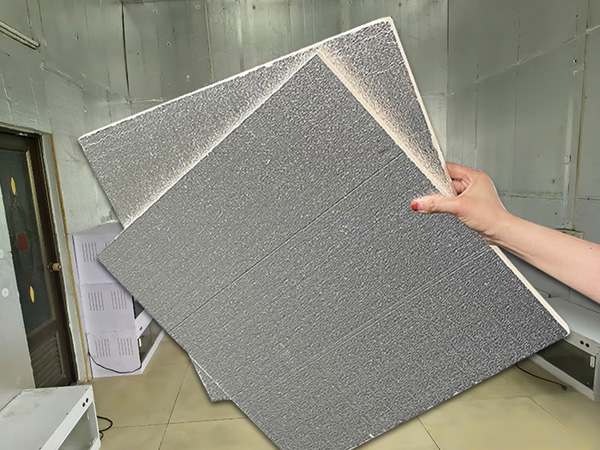
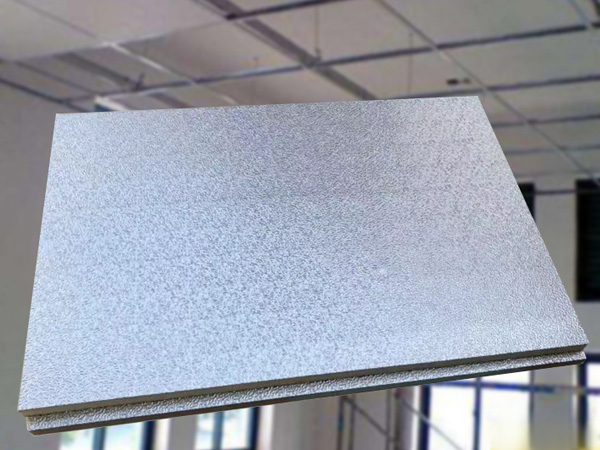
Why HVAC Energy Efficiency Is Critical
Heating and cooling typically consume between one-third and nearly half of a building’s total power usage. Major inefficiencies often arise from:
·Weak insulation that allows rapid heat transfer,
·Air leakage through poorly sealed building envelopes,
·Extended HVAC runtimes to maintain stable indoor temperatures.
By reinforcing the thermal barrier of a building, high-quality insulation like phenolic boards directly reduces unnecessary energy expenditure.
Key Features That Support HVAC Savings
1. High Thermal Resistance
Phenolic boards are engineered with very low thermal conductivity, creating a strong barrier against unwanted heat flow. This reduces HVAC workload in both hot and cold seasons.
2. Moisture and Air Barrier
The closed-cell foam limits water absorption and prevents excess air exchange. This property keeps insulation effective in humid conditions, supporting consistent HVAC performance.
3. Indoor Comfort Stability
With less heat gain in summer and minimal heat loss in winter, buildings remain comfortable while using less energy, cutting operational costs.
4. Long-Term Reliability
Phenolic boards resist aging effects and maintain insulation capacity for decades, helping to secure ongoing HVAC efficiency without frequent replacement.
Practical Benefits Observed in Use
·Reduced Energy Expenses: Building owners consistently report noticeable savings in monthly heating and cooling bills.
·Lower Mechanical Stress: With insulation reducing thermal loads, HVAC equipment runs less intensely, extending its service life.
·Environmental Contribution: Less energy consumed equals fewer carbon emissions, aligning with sustainability targets.
Typical Applications of Phenolic Insulation
Phenolic boards can be integrated into a wide range of building systems:
·Roof assemblies where solar heat gain is a concern,
·Exterior walls requiring continuous insulation,
·HVAC duct systems where energy loss must be minimized,
·Cold storage and specialized facilities where strict climate control is vital.
Supply Reliability and the Role of China Manufacturing
For large commercial or industrial builds, securing consistent material flow is as important as performance. Many international buyers choose China factories that offer bulk phenolic insulation board supply, ensuring timely delivery and cost efficiency. Working with established China manufacturers also guarantees compliance with international standards, making it easier for projects to meet both budget and technical requirements.


Best Practices to Maximize Impact
·Ensure all joints are properly sealed to stop unwanted air leakage.
·Pair with modern, efficient HVAC units to multiply savings.
·Inspect insulation periodically, especially in areas exposed to moisture.
·Consider lifecycle savings rather than upfront costs—phenolic boards pay off over the long term.
Conclusion: A Smart Investment for Energy Savings
HVAC systems are essential but costly to operate, making insulation improvements one of the most effective cost-reduction strategies. Phenolic Insulation Board offers superior thermal resistance, moisture durability, and long-lasting performance—all of which translate into significant HVAC energy savings.
For developers aiming at both efficiency and steady supply, bulk procurement from trusted China manufacturers ensures the material is readily available for projects of any scale. Choosing phenolic insulation is more than a building decision—it is a strategy for lowering energy bills, protecting equipment, and moving toward sustainable construction.
References
GB/T 7714:Tseng C J, Kuo K T. Thermal properties of phenolic foam insulation[J]. Journal of the Chinese Institute of Engineers, 2002, 25(6): 753-758.
MLA:Tseng, Chung‐Jen, and Kuang‐Te Kuo. "Thermal properties of phenolic foam insulation." Journal of the Chinese Institute of Engineers 25.6 (2002): 753-758.
APA:Tseng, C. J., & Kuo, K. T. (2002). Thermal properties of phenolic foam insulation. Journal of the Chinese Institute of Engineers, 25(6), 753-758.
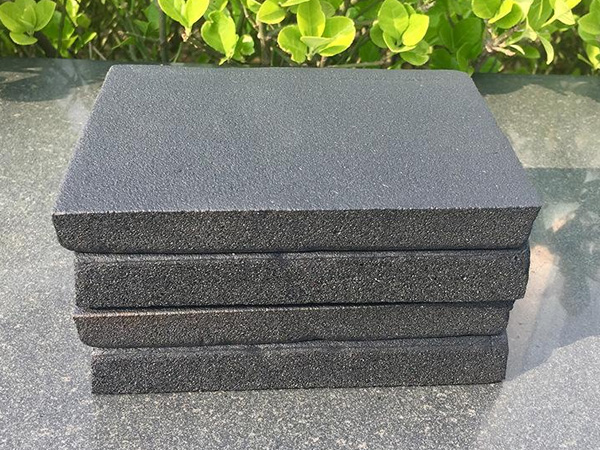
OurFlame Retardant Rubber Foamis a premium closed-cell elastomeric insulation material engi...
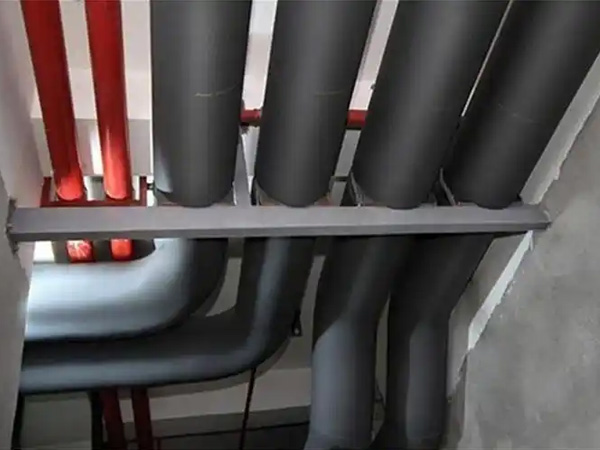
OurRubber Pipe Insulationis a high-performance solution designed specifically for HVAC pipi...
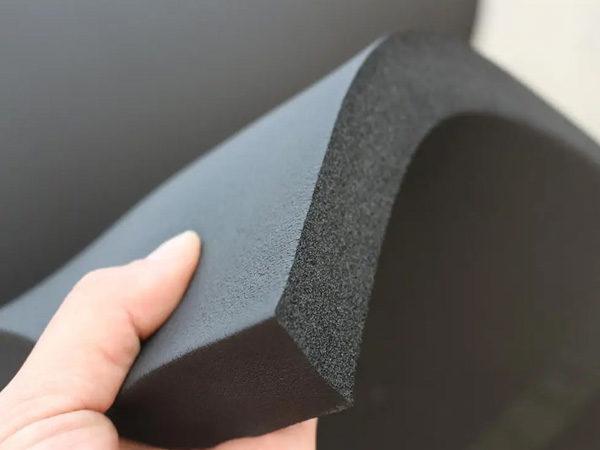
Rubber Foam Insulation Sheet – Product Introduction Premium Flexible Insulation for Therm...
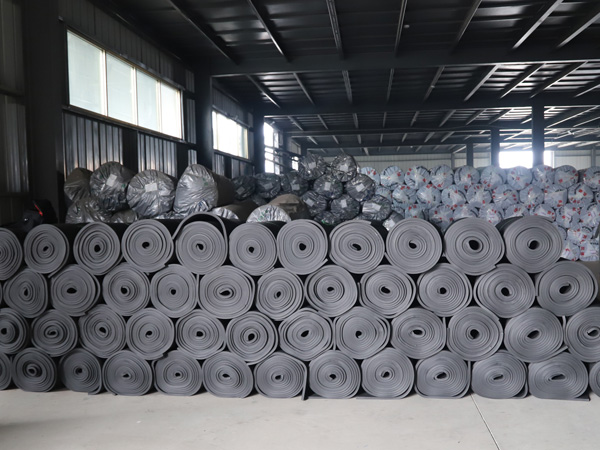
Specially engineered for refrigeration applications, ourElastomeric Rubber Insulationprovid...



